FoA 2019: Model Citizens
As part of the New Zealand Institute of Architects Festival of Architecture, Architecture New Zealand and ArchitectureNow presented the Model Citizens competition. Teams of 3-5 people from 10 firms gathered at the IMO showroom in Parnell where they were briefed and given a mere two and a half hours and a share of nearly 200kgs of white Lego blocks to create something magnificent.
And, magnificent is a fitting description. Our team here at ArchitectureNow was skeptical about just how seriously the teams would take their task. When we saw grown adults running across the venue with hands cupped around Lego blocks – stray pieces overflowing onto the floor as they made their way back to their stations – we knew that no mercy would be shown.
We asked each of the 10 teams, varying from seasoned principals to fresh-faced graduates, to design a build a museum sited on Auckland’s Wynyard Point, where there has long been debate over developing a cultural icon for the City of Sails. No two teams presented similar projects, but some themes did emerge: most of the teams considered how climate change would affect the site and the longevity of any proposed new building.
The team from Fisher & Paykel even designed a building that could fly to the moon when civilisation inevitably collapses – not without an F&P Column refrigerator and Dish Drawer, of course. A group from Takapuna-based Respond Architects created a Museum of Housing in New Zealand, which culminated in the “Kiwi dream” of a home on a half-acre suburban lot. Context Architects took their inspiration from M.C. Escher, with winding and intersecting staircases.
There was both joy and loss as some teams experienced their models collapse, and others prioritised form over function and struggled with questions from the judges about what their museum was actually for. Jury members Chris Barton (editor of Architecture New Zealand), Amanda Harkness (editor of Houses magazine), Minka Ip (model maker at Finework) and architect Jeremy Smith took the brief seriously, favouring designs that were “outlandish, question the role of the museum in society or start a conversation about the needs of Auckland,” as the brief outlined.
Jury member Jeremy Smith announced that the winning model was “the highest and the most complicated and the most brave”, designed by Athfield Architects. This team was the first to begin actually constructing, with principal John Rennie explaining that they began by constructing Wynyard point, noting that context was key. The final creation was a multi-layered project that started as a sky-high homage to the Sky Tower and got sequentially stripped down due to practical, financial, time and engineering constraints. It was whimsical and quintessentially Athfield. Though, it was also fragile: during Rennie’s celebratory dance, the model began to fall apart.
Alas, in the end, everyone was a winner. The competition raised over $5000, which went towards purchasing custom Lego sets for local schools in need. The winning team received a set worth $1000 to gift to their school, and all of the other teams received a set worth $450. Many architects note that their first foray into design was building with Lego as a child, so the hope is to inspire creativity in the next generation and perhaps even spur on a future architect or designer through building with Lego.
Many thanks to the Model Citizens sponsors, IMO, Resene and Fisher & Paykel, for their support.

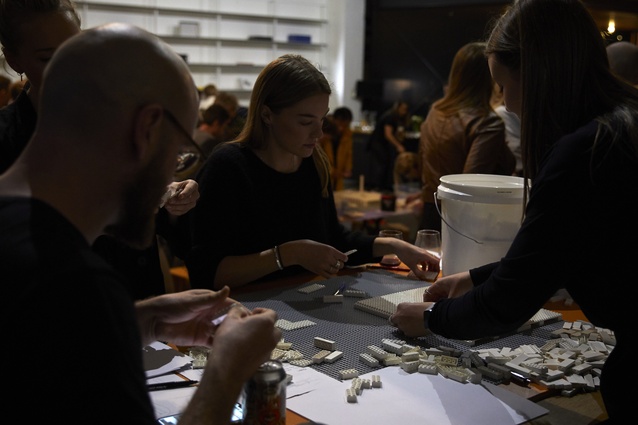
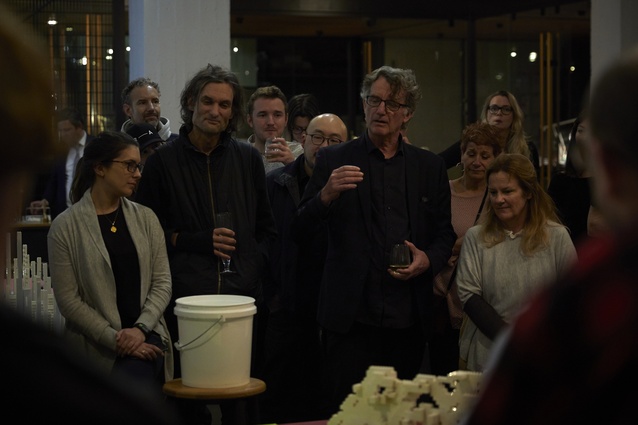

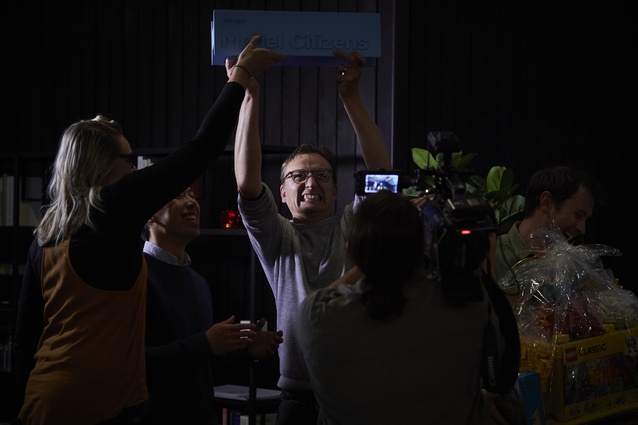
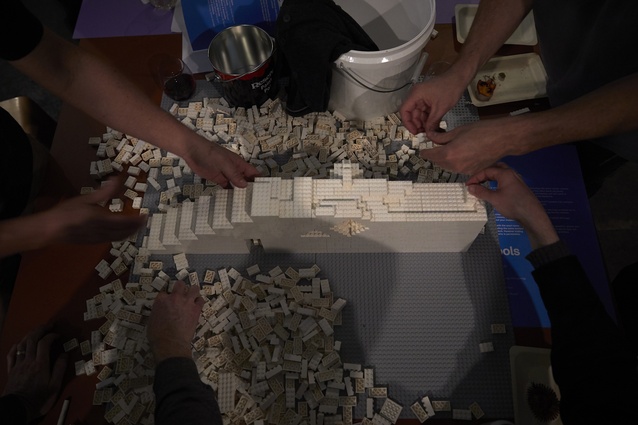

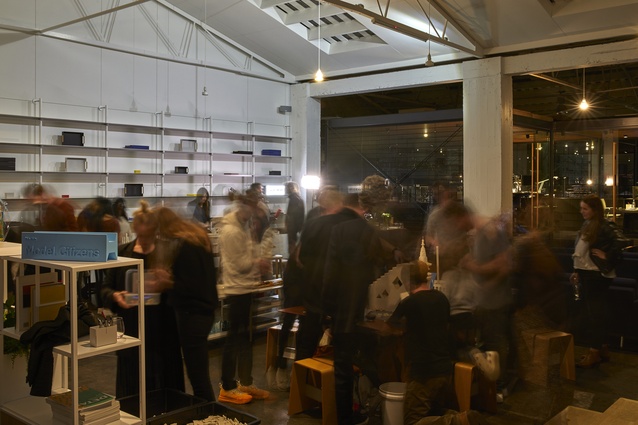
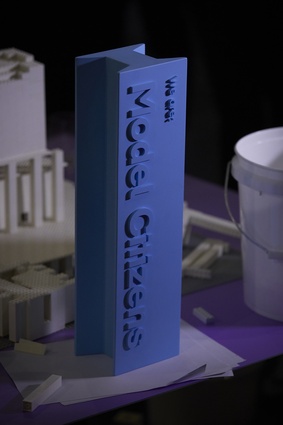

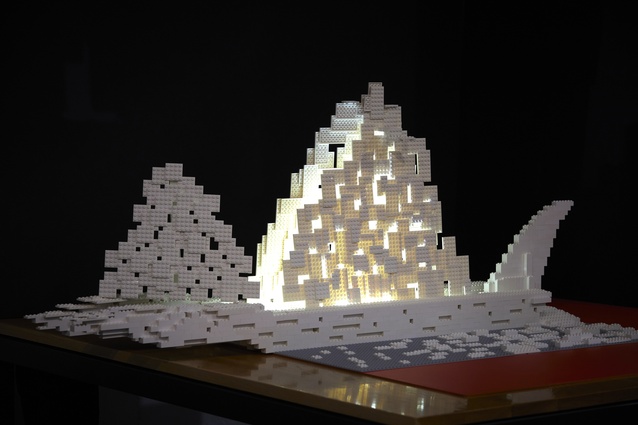
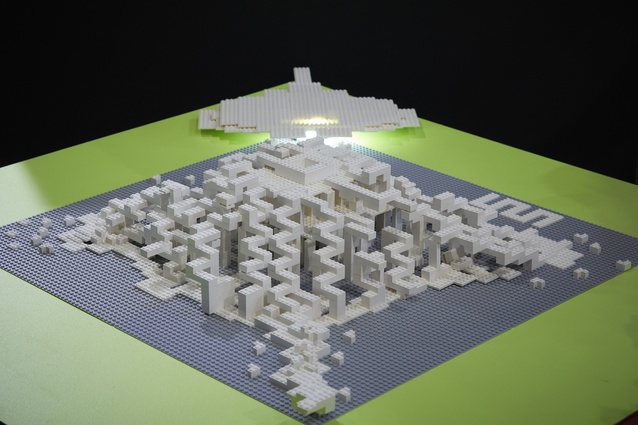
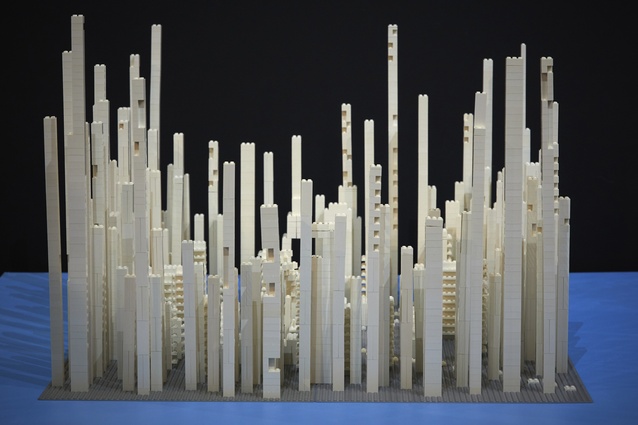
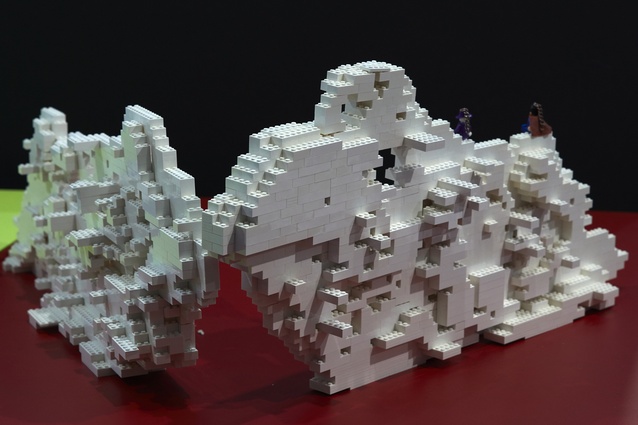
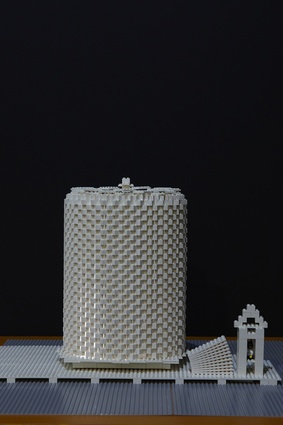
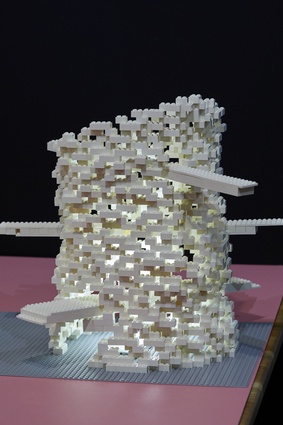
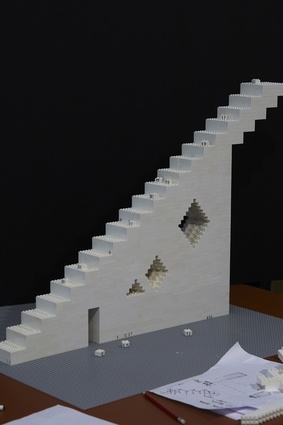
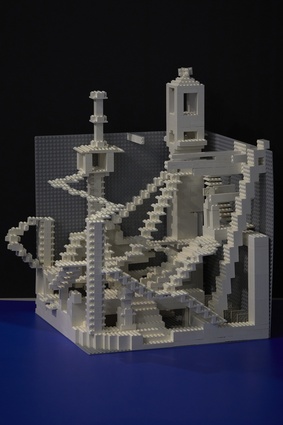
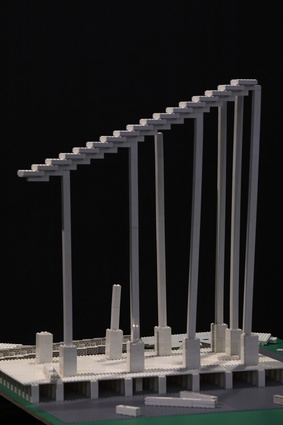







![FoA 2019: World [PARK]ing Day Tauranga](https://cdn.architecturenow.co.nz/site_media/media/cache/38/dd/38dd13855670d87151d3253f58264287.jpg)
